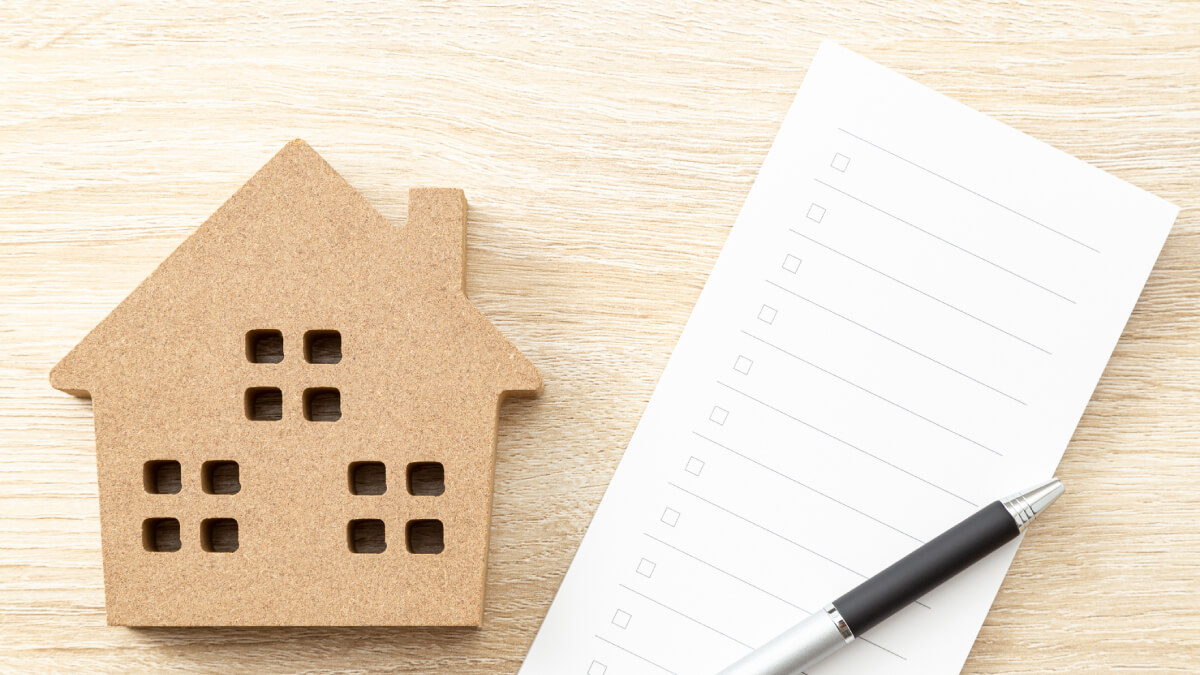
The Autumn HVAC Service Checklist
Once the leaves begin to fall and the temperature drops, it’s an ideal opportunity to ready your HVAC system for the colder months. Routine fall HVAC maintenance reduces the risk of problems showing up and helps make sure your home is always ready for the cold. Here are 10 easy ways to ensure your furnace is running its best this season.
1. Schedule Professional HVAC Maintenance
Few things are more important to maximize furnace efficiency than routine maintenance. While you may be able to handle some simpler fall HVAC maintenance tasks yourself, a certified technician can provide a thorough inspection, clean key components and other tune-up tasks. Industry experts suggest professional AC maintenance every spring and furnace maintenance before winter.
Regularly scheduled HVAC maintenance keeps energy costs in check and keeps your system running smoothly. The opportunity to identify potential concerns before they become major problems also helps prevent an emergency service call.
General HVAC Safety
1. Maintain Clear Space Around Your Furnace
Your furnace should have adequate space to avoid the risk of problems. Avoid storing items closer than 10 to 15 feet of the unit. If your utility closet or basement is not large enough, do your best to ensure the area is clear apart from the HVAC equipment. Store flammable items like paint, cleaning supplies and aerosol sprays separate from the furnace.
2. Continue to Ensure Your Home Is Safe from Heating-Related Fires
A problem with your heating system is a leading cause of home fires. Stick to these tips to keep your family safe:
- Should you notice weird noises or smells from your furnace, shut it off and reach out to your local heating repair technician.
- Store flammable materials far from heating equipment, particularly space heaters, fireplaces, furnaces and other gas appliances.
- Never leave a running space heater unattended.
- Similarly, avoid using extension cords for space heaters.
3. Ensure Smoke, Carbon Monoxide Alarms Work
These vital safety devices warn you of hazards like a fire or carbon monoxide poisoning. Test them on a monthly basis to ensure they’re working correctly, and change the batteries once a year. Only take out the batteries if you’re intending to switch them out right away.
Confirm That the Air Ducts and Registers Have Been Cleaned and Sealed
1. Examine the Furnace Flue
An obstructed flue pipe can cause dangerous backdrafting, raising the risk of carbon monoxide poisoning. Before running your furnace this fall, inspect the exhaust outside to ensure it’s clear of obstructions. If the flue is clogged, call a professional for help.
2. Check Your Air Ducts for Dust, Debris
Every now and then, set aside some time to take a look at all the air duct registers around the house. When you see lots of dirt and dust buildup, grab your vacuum’s brush attachment to keep the debris from getting stuck deeper in the ventilation. Make sure that no return or supply vents are blocked by furniture, rugs or curtains to keep air flowing evenly.
Shutting off vents in rooms you don’t use may seem smart to reduce costs, but it can also disrupt airflow, adding strain on your system and counterproductively RAISING your energy costs. Leave at least 80% of vents open to keep airflow well-balanced.
3. Check Air Ducts and Seal up Any Leaks
Inefficient air ducts let heating and cooling escape, contributing to higher energy bills. Regardless of its name, duct tape is not ideal for sealing up air ducts. For effective sealing, have a professional come by to properly patch the leaks in your ventilation. The experience of a professional will reduce heating costs, improve comfort and even increase air quality.
A Few More Furnace Tasks
1. Replace the Air Filter Every So Often
Typical HVAC air filters help filter out dust, allergens, hair and other large particles, forming a layer of protection for your heating and cooling. The clean, more efficient filters better maintain indoor air quality by preventing the circulation of microscopic pollutants. As time passes, the air filter becomes clogged, which hinders airflow and can place added strain on your system. To prevent this, swap out the filter every one to three months.
2. Optimize Your Thermostat Settings
With the weather cooling off soon, it’s time to adjust your thermostat from AC to heat. Making thermostat adjustments for energy efficiency lowers your monthly bill and maintains a complete sense of comfort. Here are some tips:
- Avoid overriding pre-set temperatures. Instead, add an extra layer if you are still too cold.
- Should you still need to adjust the temperature, change it gradually. Going right to 80 degrees won’t warm your home any faster.
- Set your thermostat to 70 degrees or cooler at home.
- Set the thermostat even lower to around 62 degrees if you’re out or when you’re asleep. A smart thermostat can automate these changes for you.
3. Think About Upgrading Your Furnace
If your furnace has been in use for more than a decade, it could be as low as 60% as efficient and approaching the end of its service life. Instead of waiting for total system failure, start planning for a new system. A new, high-efficiency furnace is capable of 97% AFUE efficiency, providing immediate energy savings and peace of mind for years to come.
Prevent a Heating Headache and Get in Touch with Canyon State Air Conditioning, Heating & Plumbing today
If you need help completing the items on this fall HVAC maintenance checklist, Canyon State Air Conditioning, Heating & Plumbing is ready to serve you. We offer fast, long-lasting solutions for all your HVAC service needs. To book your furnace tune-up, please contact us today.

